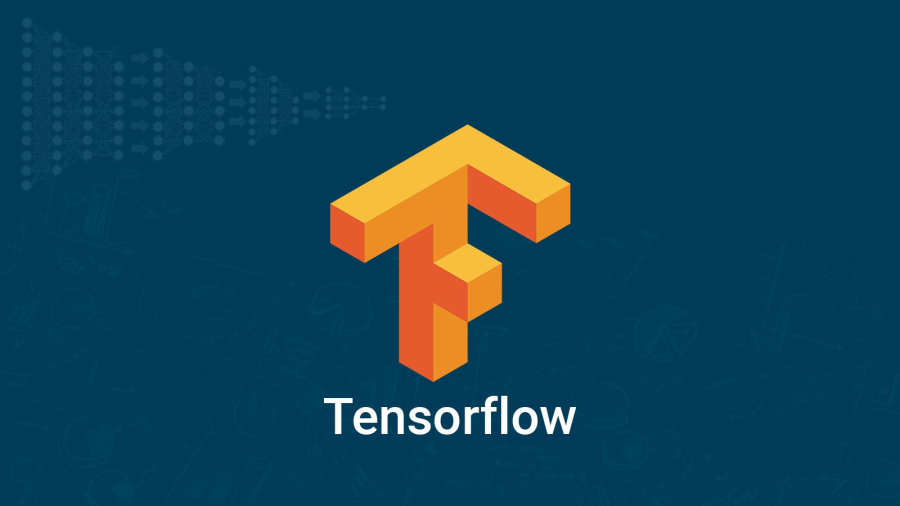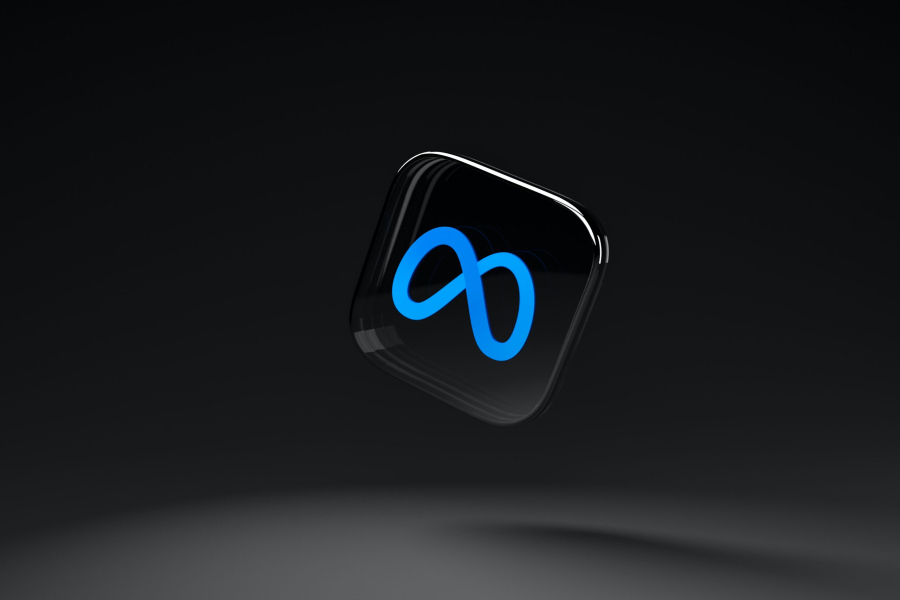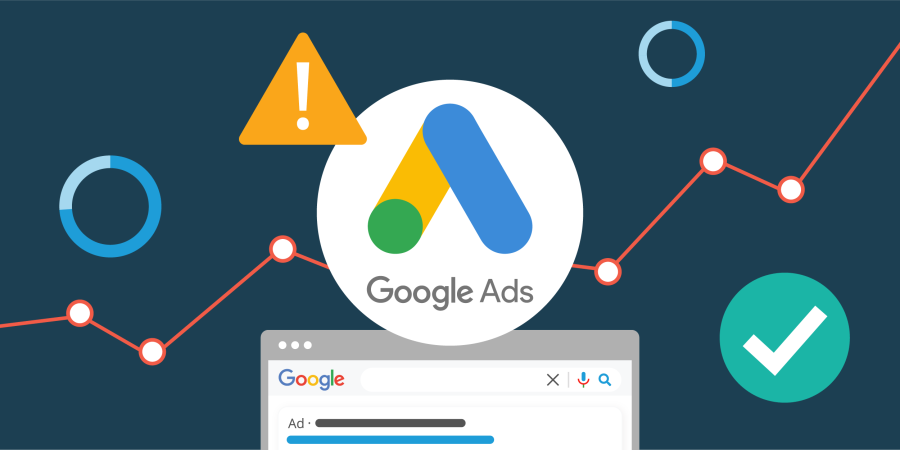TensorFlow: The Leading Machine Learning Framework
What is TensorFlow?
TensorFlow is an open-source machine learning framework developed by Google Brain. It is widely used for deep learning, neural networks, and AI applications, making it a go-to tool for data scientists and developers.
Why Use TensorFlow?
✅ Scalability & Performance
TensorFlow runs on CPUs, GPUs, and TPUs, making it highly scalable for various AI projects.
✅ Flexible & Modular
Supports multiple levels of abstraction, from high-level Keras APIs to low-level tensor operations.
✅ Cross-Platform Compatibility
Deploy models on mobile (TensorFlow Lite), web (TensorFlow.js), and cloud environments.
✅ Extensive Community & Resources
A vast ecosystem with pre-trained models, libraries, and documentation helps developers learn and implement ML quickly.
✅ Integration with Python & Other Languages
While primarily used with Python, TensorFlow supports C++, Java, and Swift.
Key Features of TensorFlow
🔹 Deep Learning Support
Build convolutional neural networks (CNNs), recurrent neural networks (RNNs), and transformers for AI tasks.
🔹 TensorFlow Keras
A high-level API for fast model development and prototyping.
🔹 TensorFlow Lite
Optimized for mobile and embedded devices, enabling AI on smartphones and IoT.
🔹 TensorFlow.js
Run machine learning models directly in a web browser using JavaScript.
🔹 AutoML & TensorFlow Extended (TFX)
Automate model training and deployment pipelines.
Getting Started with TensorFlow
1. Install TensorFlow
Use pip to install TensorFlow in Python:
Verify installation:
2. Build a Simple Neural Network
TensorFlow Applications
📌 Computer Vision
Used in image recognition, object detection, and medical imaging.
📌 Natural Language Processing (NLP)
Powering chatbots, language translation, and speech recognition.
📌 Recommendation Systems
Used by Netflix, YouTube, and Amazon to suggest content.
📌 Robotics & Autonomous Systems
AI models trained with TensorFlow enable self-driving cars and industrial automation.
TensorFlow vs. PyTorch: A Quick Comparison
| Feature | TensorFlow | PyTorch |
|---|---|---|
| Ease of Use | More structured | More Pythonic |
| Performance | Optimized for production | Research-focused |
| Mobile & Web | TensorFlow Lite & JS | Limited support |
| Industry Adoption | Widely used in enterprise | Popular in research |
Conclusion
TensorFlow is a powerful, scalable, and flexible machine learning framework used across industries. Whether you’re working on deep learning, AI applications, or data science, TensorFlow provides the tools and resources to bring your ideas to life.
🚀 Start your AI journey with TensorFlow today!















